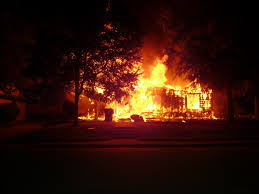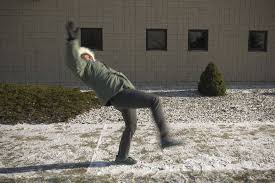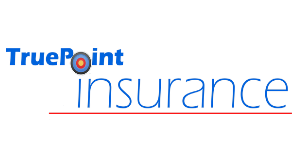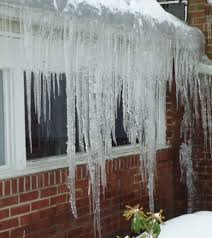 Volunteering in your Fisherville, KY community is a good thing; people should do more of it on a regular basis. That said, being charitable doesn’t change the fact that one still needs transportation to get from point A to point B. You’re going to use your car, covered by a personal policy, and it will raise the question where does a consumer cross the line between personal use and liability protection and being part of a non-profit effort or organization? Remember, the private car insurance policy was crafted based on the assumption the driver is traveling for personal use and nothing else.
Volunteering in your Fisherville, KY community is a good thing; people should do more of it on a regular basis. That said, being charitable doesn’t change the fact that one still needs transportation to get from point A to point B. You’re going to use your car, covered by a personal policy, and it will raise the question where does a consumer cross the line between personal use and liability protection and being part of a non-profit effort or organization? Remember, the private car insurance policy was crafted based on the assumption the driver is traveling for personal use and nothing else. 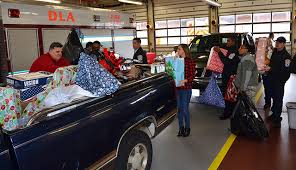 Regular volunteering is definitely not in that risk assumption and could give a provider a reason to deny a claim when the insurer asks for details leading up to the accident or damage.
Regular volunteering is definitely not in that risk assumption and could give a provider a reason to deny a claim when the insurer asks for details leading up to the accident or damage.
Occasional volunteering in Fisherville, KY is not the issue. Risk assumption is based on regular, overall usage of the vehicle. Regular, especially daily volunteer travel, however, is a risk impact and needs to be declared. The usage will be written into a policy update and the risk assumption updated accordingly. This will avoid claims being denied later on for lack of clarification or even raising questions of insurance fraud, a grave accusation of dealing with. Don’t put yourself in that position when helping out your community.
Give the experts at TruePoint Insurance a call and explain the details of  what your volunteering consists of. We will examine your current policy for what can be changed or find a new policy that meets your needs better. Then, you can get back to helping others instead of putting yourself in a bad spot. Give TruePoint Insurance a call today to find out more.
what your volunteering consists of. We will examine your current policy for what can be changed or find a new policy that meets your needs better. Then, you can get back to helping others instead of putting yourself in a bad spot. Give TruePoint Insurance a call today to find out more.

 Contact
Contact
 Email an Agent
Email an Agent

 Click to Call
Click to Call Get Directions
Get Directions Firing Up A Hearty Loss
Firing Up A Hearty Loss